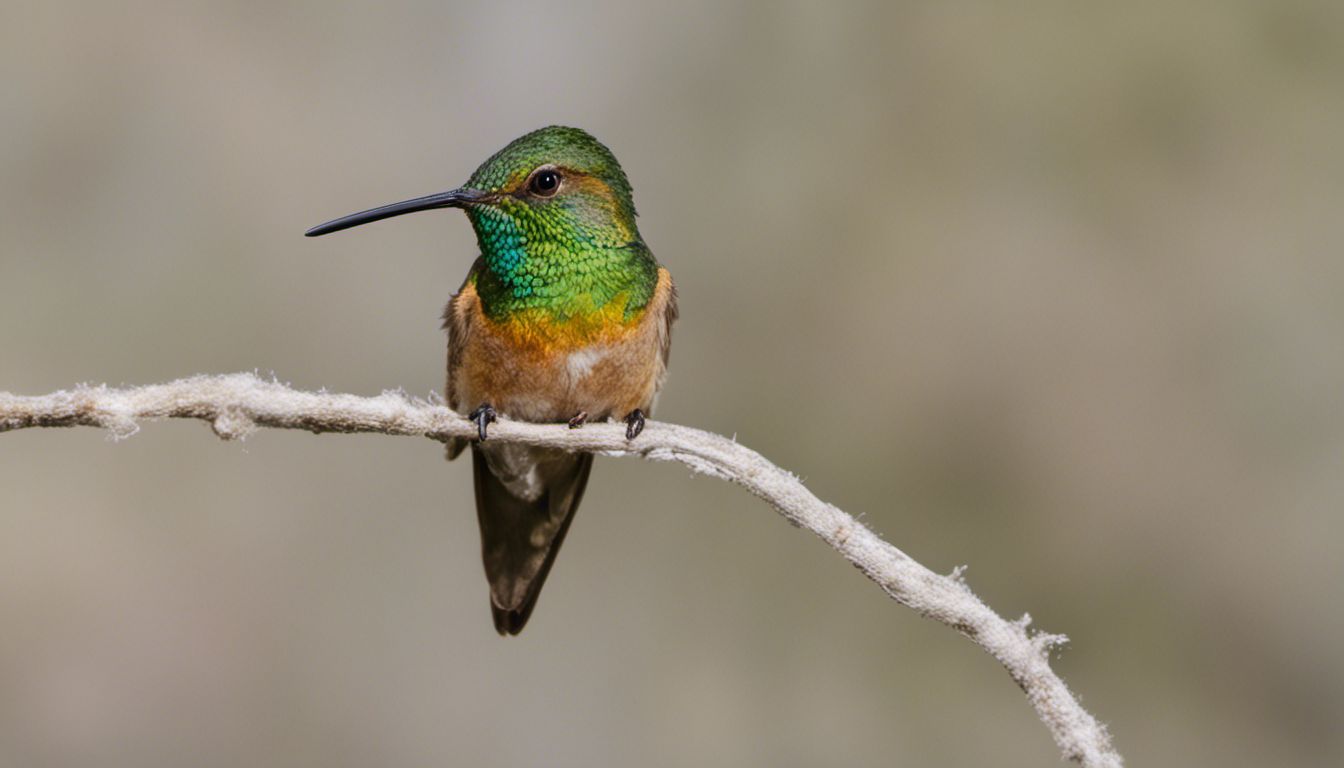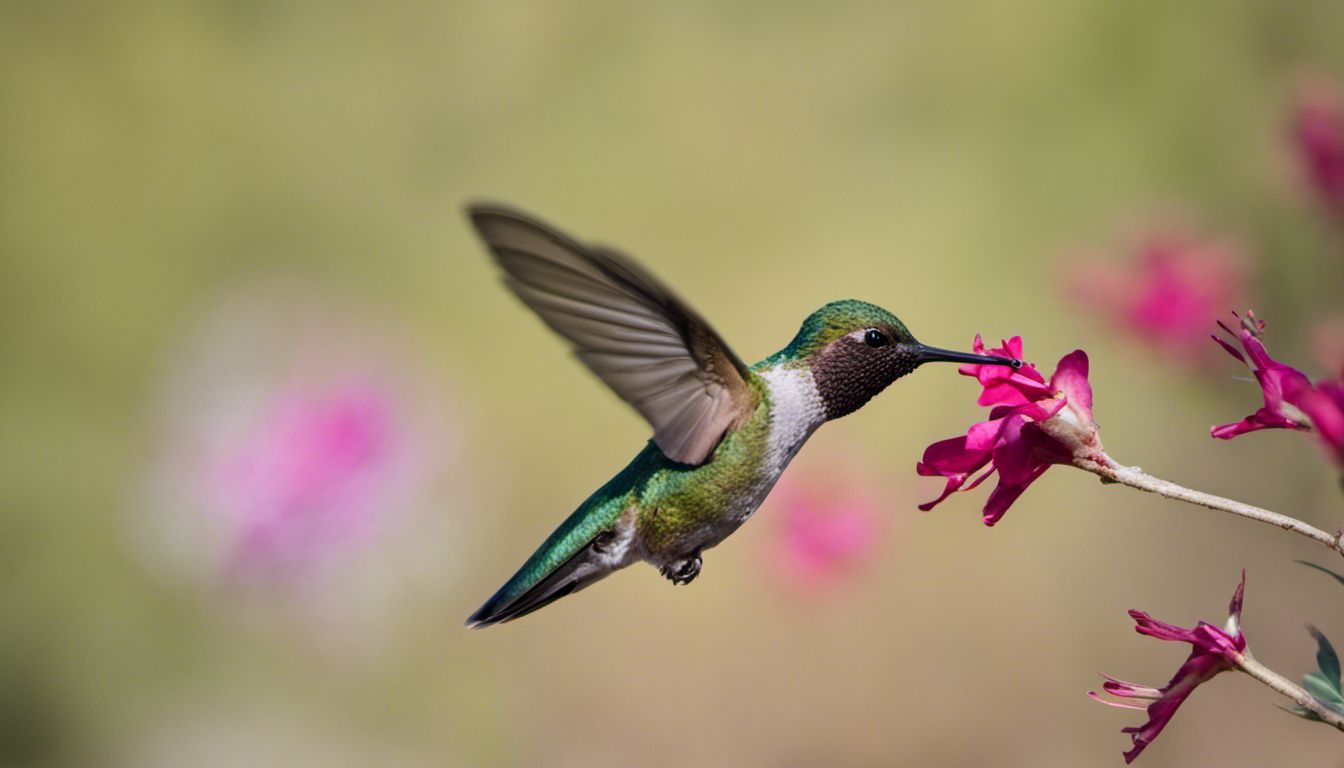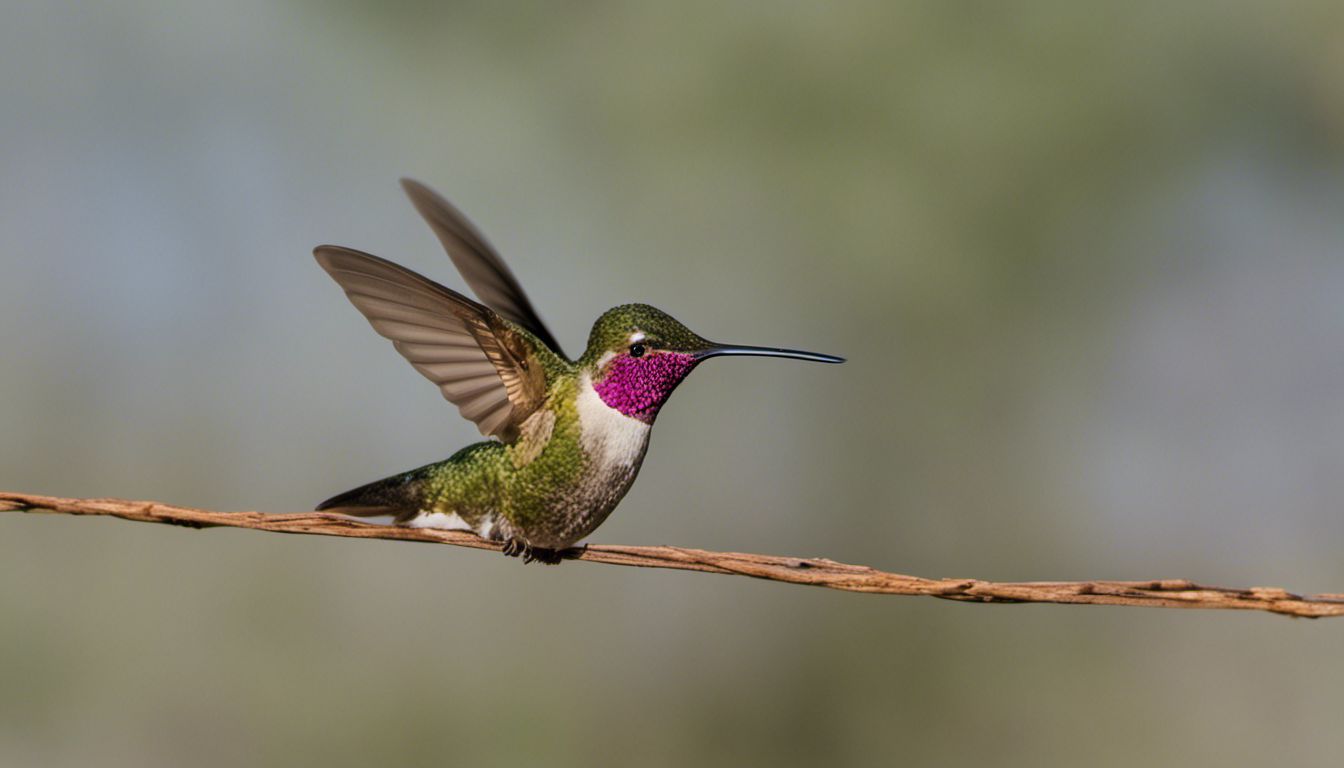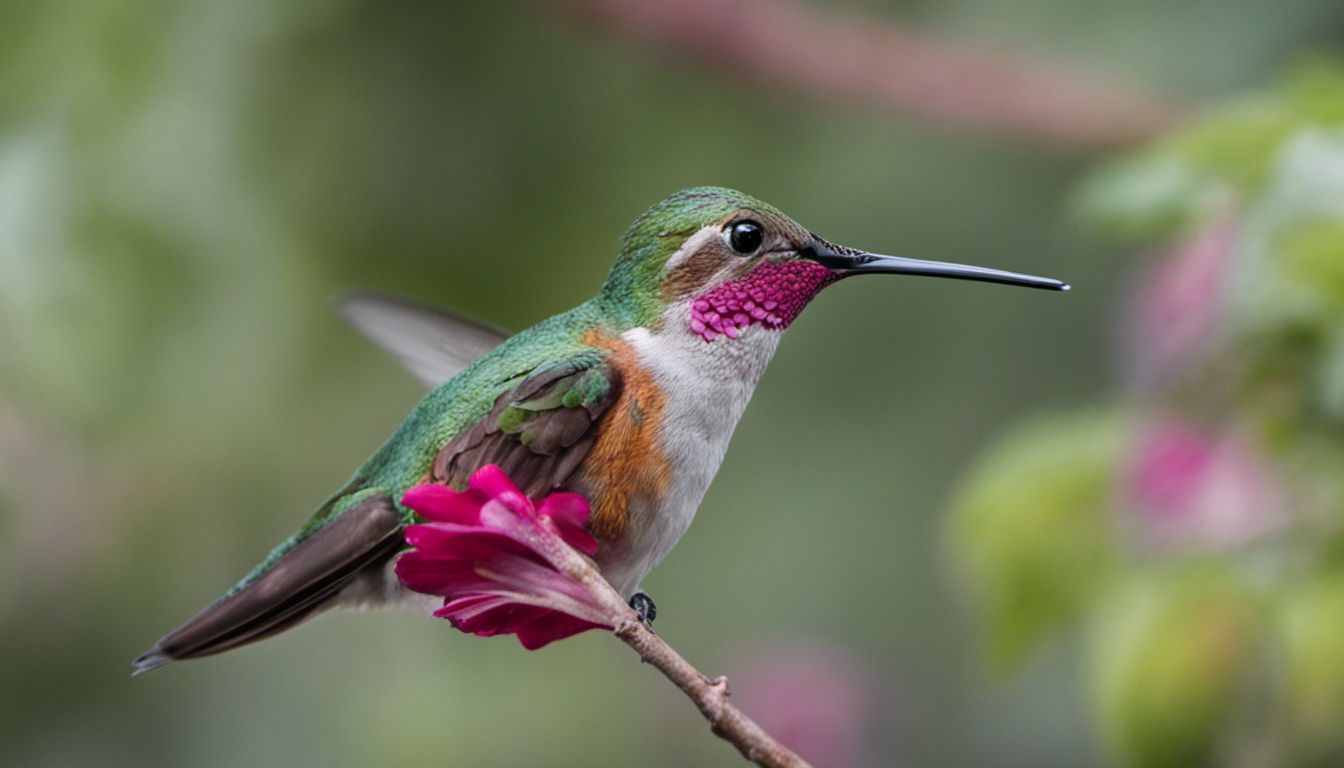Hummingbirds sleep by entering a state called torpor, which is a form of deep sleep that allows them to conserve energy. During torpor, their metabolic rate drops significantly, and they often hang upside-down from branches at night.
Here are the key takeaways about how hummingbirds sleep:
- Torpor: A unique state of deep sleep where the hummingbird’s metabolic activities greatly decrease, allowing for energy conservation during the night.
- Nocturnal habits: Hummingbirds typically sleep at night, often choosing safe, sheltered locations where they can rest undisturbed.
- Energy conservation: The torpor state is essential for energy conservation, as these birds have a high metabolism and need to save energy for daytime activities.
- Predation avoidance: By sleeping in hidden or hard-to-reach places, hummingbirds avoid predators while they’re in their most vulnerable state.
- Climate impact: Colder climates may trigger longer periods of torpor to preserve vital energy resources.
Hummingbird Torpor: The Unique Sleep State

When discussing hummingbird sleep, we’re talking about an incredible adaptation they have for conserving energy called torpor. Imagine flipping the ‘pause’ switch on your body overnight – that’s similar to what hummingbirds do. This hibernation-like state allows them to survive the night without using much energy. When they enter torpor, their metabolism plummets to just a fraction of its usual rate, their heartbeat slows dramatically, and their respiration rate also decreases.
Interestingly, it’s not uncommon to observe a hummingbird hanging upside-down from a branch, which indicates that they’re in this deep state of rest. The temporary suspension of their usual bodily functions is a testament to the evolutionary ingenuity of these tiny birds, as it helps them conserve the vital energy they’ll need for their active daytime hours.
- Entering torpor: Hummingbirds transition into this energy-saving state each night, which could be likened to pressing the ‘pause’ button on their bodily functions.
- Metabolic reduction: In torpor, a hummingbird’s metabolism can drop as much as 95%, dramatically reducing their need for fuel.
- Decreased heartbeat and respiration: Both the heartbeat and breathing rates fall to minimal levels, further decreasing energy expenditure.
- Upside-down rest: It’s a common sight to see hummingbirds hanging upside-down during torpor, which may help them stay attached to their perch while in such a deep sleep.
Nocturnal Habits: When and Where Do Hummingbirds Sleep?

Hummingbird sleeping habits really highlight their adaptability. These tiny dynamos usually head off to sleep after sunset and can remain in their rest state throughout the nighttime, which can last around 12 hours depending on the season. They’re very particular about shelters and choose resting places such as trees and shrubs that offer protection and safety from predators and the elements. Factors like rain can prompt them to seek out more sheltered spots or change their usual sleeping location to stay dry.
While hummingbirds do have favored spots where they feel secure, they don’t necessarily sleep in the same place every night. They might vary their roosts to avoid predation or due to changes in weather conditions, which keeps them safe and dry.
- Nighttime rest: After sunset, hummingbirds settle down to sleep and can remain resting for the entire night.
- Sleep duration: Their sleep can last around 12 hours, often influenced by the amount of daylight available in different seasons.
- Location preferences: Trees and shrubs are favored shelters, providing a blend of safety, concealment, and protection from weather and predators.
- Weather considerations: Rain and other weather conditions can influence where hummingbirds decide to sleep on any given night.
- Varying roosts: Hummingbirds may change their sleeping spots to avoid predators or adapt to environmental changes.
The Challenges of Hummingbird Slumber

With a high metabolism that’s like a motor always running at full speed, hummingbirds face the challenge of surviving overnight when they can’t eat to fuel their energy needs. Their incredible nocturnal torpor plays a crucial role in bridging this gap between dusk and dawn. By slowing down their bodily functions, they’re able to conserve enough energy to make it through until they can resume their feeding schedule.
During migration periods, the stakes are even higher, as hummingbirds require a tremendous amount of energy to travel long distances. They instinctively know to bulk up on nectar beforehand to sustain themselves, but their nighttime torpor remains a vital practice to conserve every possible bit of energy.
Then, with daylight comes a complete turnaround in activity. As soon as the sun rises, hummingbirds are back to their buzzing selves, flitting from flower to flower to replenish their reserves. It’s a delicate daily cycle balancing their daytime vs. nighttime activity, ensuring they remain the energetic marvels we observe in gardens and wild spaces alike.
- Energy conservation: Torpor is critical for surviving the night without food by significantly reducing the hummingbird’s energy consumption.
- Nocturnal challenges: High metabolic rates make sleeping risky, but torpor mitigates the danger of depleting energy reserves.
- Migration energy management: Hummingbirds increase their food intake pre-migration to build up energy reserves that will support them along with their torpor periods during the journey.
- Feeding and activity cycles: They enter torpor at night and revive in the morning to resume their intense feeding and activity schedules.

